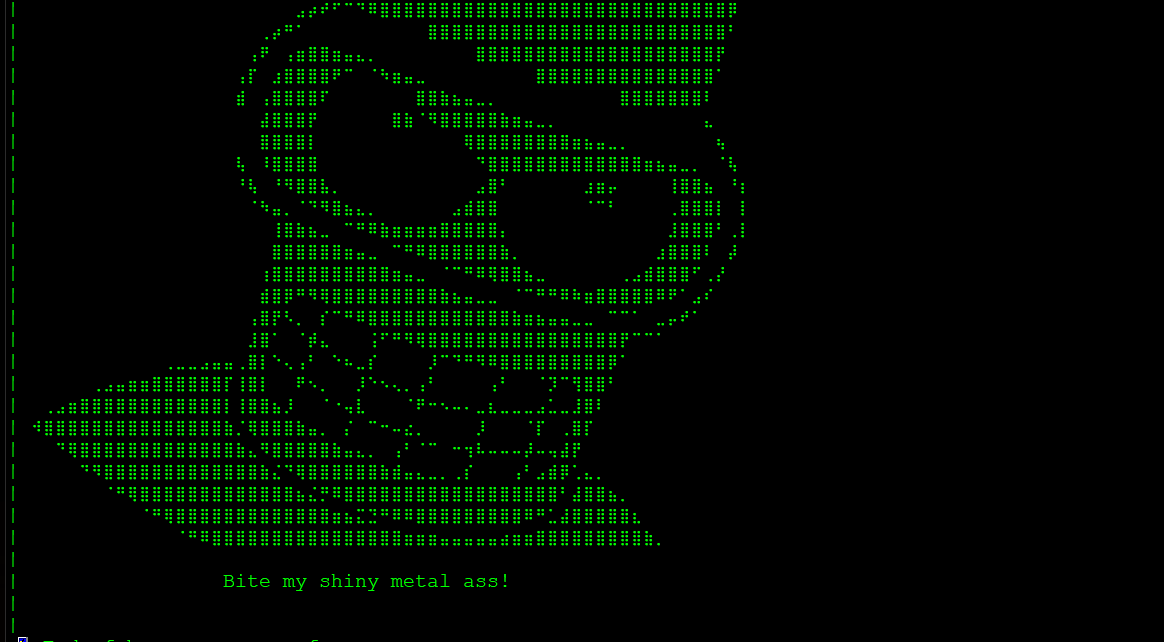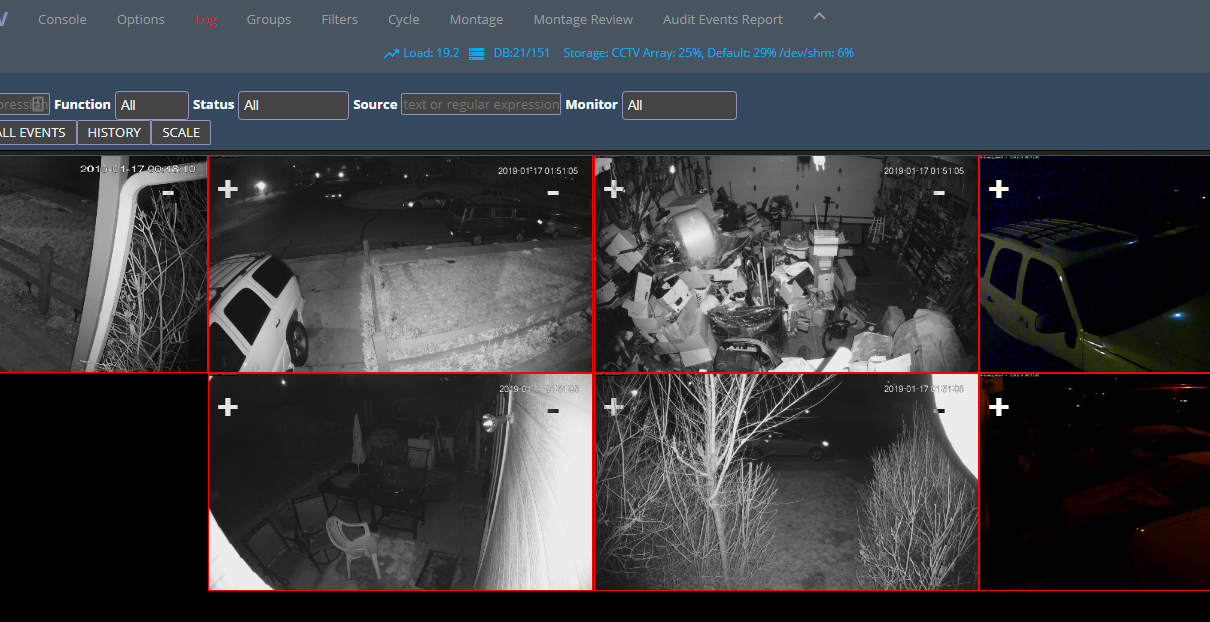Debian / Ubuntu Linux Active Directory Authentication How-to
This document explains the process on how we bring Ubuntu or Debian with SSSD / Kerberos / PAM to a state where it is on the domain and can authenticate users via SSH login. This process has been tested on Debian 11 "Bullseye" and Ubuntu 22.04 (Jammy Jellyfish). I tested this on a Server 2016 compatible active directory installation. In Active directory I created a group called "Linux_Admins" and placed all






